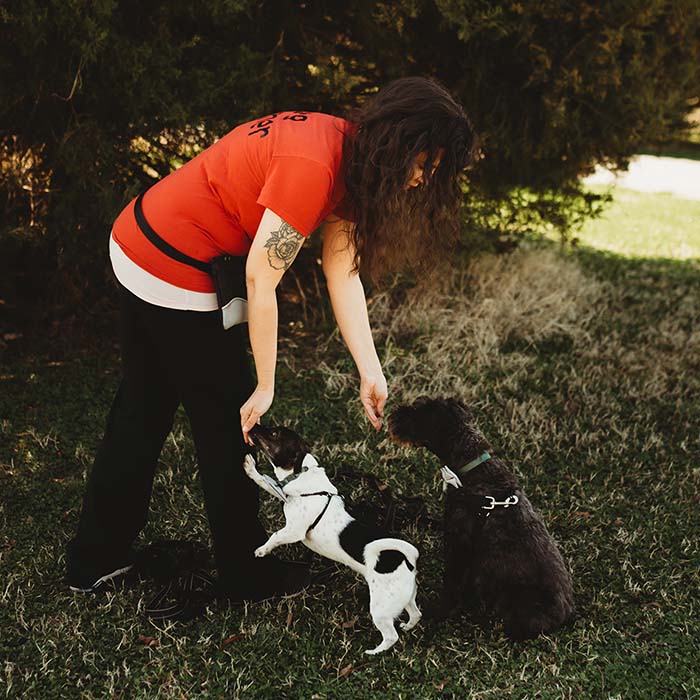Okay, Let’s Talk about Dachshunds
Why Discrimination Based on Looks Doesn’t Work
By Elizabeth Silverstein
I’ve been thinking about the August 8, 2020 “EDITORIAL: It’s the pits, all right” for awhile now.
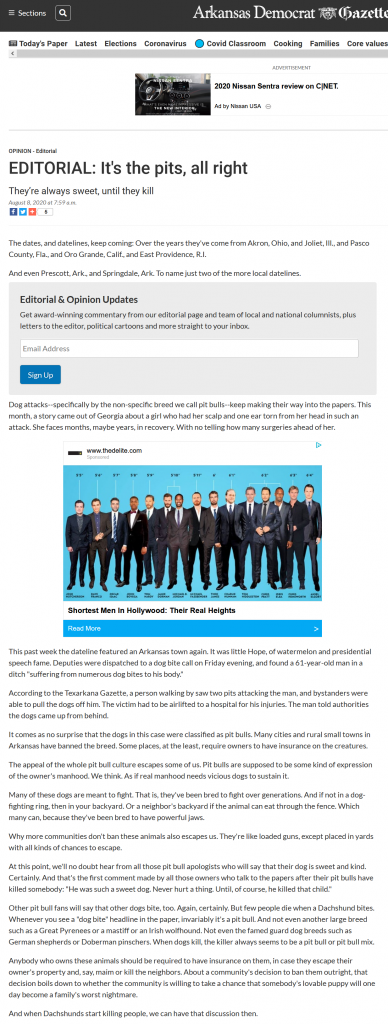
The newspaper asks that letters to the editor be 300 words. My initial response was nearly 2,000. I pared it down the best that I could, trying to capture the essence. Here are both versions.
Also, my three-part series, Embarrassed, features two dogs considered pitbulls. The third part will arrive on Tuesday. The first part can be found here. The second is here.
Reduced: Okay, Let’s Talk About Dachshunds
I was disappointed to see the August 8 Op-Ed on pitbulls. Is this writer a dog trainer or animal behaviorist?
Because, apparently, this person pulled out dachshunds, expecting an unsullied past.
In 2018, Nancy Garcia was killed by a pack described as dachshund mixes. Under 40 pounds, none of them had blocky heads, and they were neglected, covered in fleas and ticks.
Dogs need training, enrichment, exercise, and walks, engaging their brains, noses, and bodies daily. It is crucial also to manage behavior and know dog body language. Before a bite, there are often small signs that most humans can’t see, like muscles tightening.
People without experience need to stop making judgments on dogs.
The core of discrimination against pitbulls is that they are often judged solely on appearances. This is why statistics are skewed. With BSL, dogs don’t get DNA tests. Their blocky heads alone are enough to label them a threat, but blocky heads don’t automatically mean pitbull.
Quite a few mixes can look like a pitbull, a blanket label for recognized breeds like the American Bull Dog, American Pit Bull Terrier, and Staffordshire Bull Terrier.
Behavior, history, and management are much more important.
Do the research and analyze the statistics properly, like the council members in Maumelle who did their own unbiased research, coming away with a much different viewpoint than the council members who succumbed to general outrage and surface-level information.
The thing about the loaded gun comparison used in the Op-Ed is that it compares a living creature with needs to an inanimate object that needs bullets in the barrel and an inciting incident.
This is not parallel.
So let’s talk about the dachshunds and all of the dogs. Let’s give them what they need, not just what’s convenient for us to provide.
Full: Okay, Let’s Talk About Dachshunds
I was disappointed to see the “EDITORIAL: It’s the pits, all right”, no name attached, published in the Arkansas Democrat Gazette on August 8, 2020. I’d be curious to find more about the background of this writer — is this a pet professional? A dog trainer? An animal behaviorist?
Someone who has studied and learned dog behavior? Someone who knows how to manage dogs or has spent any amount of time with hundreds of different types? Perhaps someone who has earned some sort of certification or degree in animal behavior?
Because also, apparently, this person pulled out a small breed that is generally loved by the public, expecting it to have an unsullied past. I suppose they didn’t bother to use a search engine first. Because yes, some dachshunds have made poor choices.
Let’s talk about them.
In 2018, a woman named Nancy Garcia was attacked and killed by a pack of small dogs, described as dachshund mixes. While not purely dachshunds, news media sensationalized the story, which made it seem as though dachshunds of the pure-bred variety, kept secure and safe in homes with their needs met suddenly turned on humans when they were able to organize into a pack.
So yes, they were mixes. But all of them were under 40 pounds. None of them had blocky heads. And while not exactly starving, they weren’t taken care of, either. Covered in fleas and ticks, they seemed to be missing any sort of guidance or training.

Dogs need training, enrichment, exercise, and walks. They need to be able to engage their brains, noses, and bodies daily. They’re social creatures, and they need attention from their humans. Often, dogs regardless of breed will struggle when left alone in a backyard for hours.
Some dogs may be affected more than expected from development changes (dogs’ brains develop until they are about two to four, with specific puppy time periods where fear or other traits may develop) or from severe or even mild trauma. While even in the womb, dogs may also be affected by the trauma that their mothers endure.
Here’s more on puppy developmental periods (PDF).
Here’s some great information from Dr. Patricia McConnell on fear and in-utero experience.
But dogs or even certain dog breeds don’t typically snap out of nowhere.
There is usually quite a bit leading up to a bite or attack.
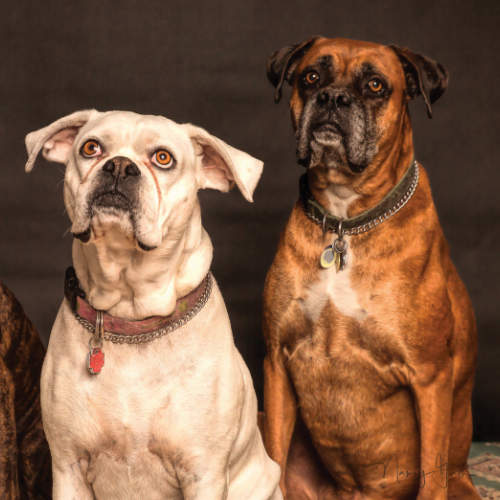
It is crucial to not only understand a dog’s needs, but to manage behavior and know dog body language. Before a bite, there are often small signs that most humans can’t see or recognize. It can take a dog professional years to see and react to the smallest of signs, like muscles in the face tightening or a dog’s body freezing. There’s even the whale eye, when a dog looks out of the corner of his eye. Or the ears pinning back. Vocalization can even be a sign, but it’s in the later stages and must be paired with other signs to be properly understood. A dog growling in a play bow intends something different than a dog growling with a stiff body. The rule of combinations are important, as Sarah Kalnajs discusses in her DVD set, The Language of Dogs. Sarah spent over five years observing and studying and taping dog body language. An upright wagging tail, paired with a stiff body and vocalization means something different than a wagging tail attached to a wiggling body. Plus, most often, bared teeth is a bad sign from a dog. But some dogs absolutely do smile! So are the bared teeth accompanied by something good or not so good? We can’t isolate the signs.
Did you know some dogs will pee when scared so other dogs stop to sniff the pee instead of trying to smell the dog? That’s why dogs will pee when entering a dog bar or a dog park. While the other dogs sniff, the scared dog can make its way past them. Or did you know that a raised paw isn’t just a fun trick? It’s a dog’s way of saying, “I mean you no harm, I am friendly.” Does your dog wink a lot? Or blink a lot? That’s another sign of friendliness, your dog communicating their affection.
Dogs also will fight or flee when pushed to the limit. Sometimes, they’ll freeze. And sometimes, when they can’t flee, they’ll feel like they have no choice but to use their teeth. Even the nicest dogs.
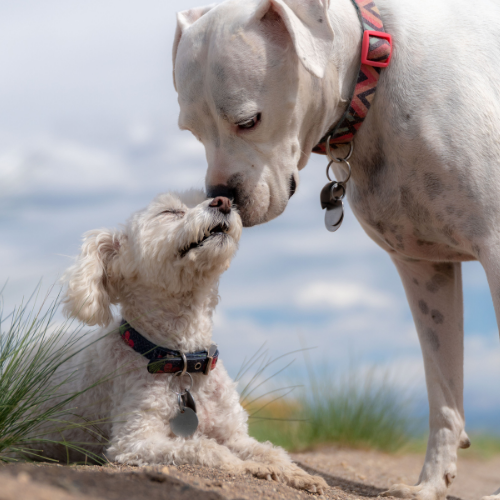
People without science, without experience, need to stop making judgments on dogs. I won’t, even as a dog trainer, make suggestions without learning about and then, if possible, handling the dog. I can’t understand the full picture without understanding the dog and the situation the dog is in.
And we need to stop expecting dogs to have human reactions to stressful situations.
Small dogs can take off appendages of full-grown adults or maul children, even to death. Just because it seems unlikely to you doesn’t mean it’s not possible or even that it doesn’t happen regularly.
In 2002, a dachshund was put to death after mauling a baby. The Washington Post reported on this incident here. Some rescue groups and others wanted to save the dog, hoping for rehabilitation, but the family wanted the dog put down.
In 2017, another baby was mauled by a dachshund in Idaho. No charges were filed and it was unclear if anything happened to the dog.
My rule for babies and small children around dogs? A stance that most trainers, especially those who specialize in kids and dogs, take — a human adult body between dog and child at all times. The dog should have a private, quiet space to get away from hands and noises. Children should be taught to respect a dog’s space. Dogs are slowly introduced to children. Yes, some dogs are wonderful with children and don’t care about being stepped on or pulled. But that’s not all dogs. Or even most.
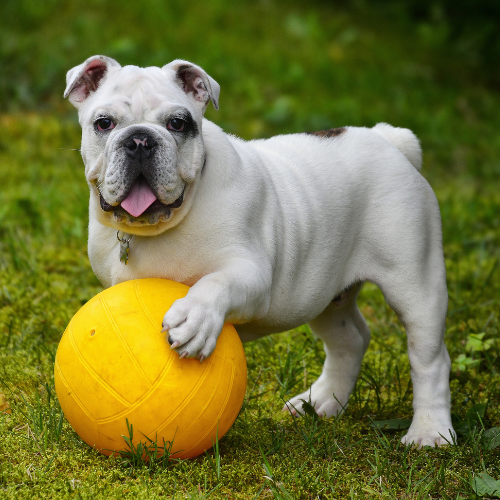
The core of discrimination against pitbulls is that these dogs are often judged based on appearances alone. This is why statistics are skewed and can be unreliable. With BSL, dogs don’t need DNA tests to be removed from their families and put down. Just their blocky heads alone are enough to label them a threat.
Dr. McConnell discusses DNA testing and breed here.
DNA companies can disagree on genetics. Sometimes a dog can have the genetics of a certain banned breed, but look nothing like them.
So let’s talk about that for a moment.
Do you know what else looks like a pitbull?
Quite a few mixes, including a fair amount of breeds like Labradors, Golden Retrievers, and Shepherds mixed with Mastiffs, American Bull Dogs, Rottweilers, and Boxers.
A pitbull itself isn’t a recognized breed and is often a blanket label for recognized breeds like the American Bull Dog, Bull Terrier, American Pit Bull Terrier, and Staffordshire Bull Terrier. Even if American Bull Dogs aren’t banned in certain areas, they look enough like an American Pit Bull Terrier sometimes to be mistaken for one. And again, DNA tests aren’t required.
Behavior, history, and management are much more important than simply banning a dog based on looks alone.
Here’s the American Veterinary Society of Animal Behavior’s official stance on BSL.
I’m earning my certification through the Certification Council of Professional Dog Trainers. Here’s their stance (PDF).
Here’s information from the Animal Sheltering Magazine (PDF produced by the Humane Society of the United States), and here’s more resources from HSUS.
Here’s Victoria Stillwell’s stance.
Would you like to know what’s not reliable? Op-Ed pieces, including any in Forbes. Dogsbite.org is another unreliable source.
Do the research and analyze the statistics properly. I saw this happen in Maumelle last year, in 2019, when the breed-specific legislation was up for review. The council members who did their own careful, unbiased research came away with a much different viewpoint than the council members who succumbed to the general outrage and surface-level information that always follows breed-specific legislation.
Also, would you like to know the worst dog I ever met was? After three years of being a professional dog trainer, handling over 500 dogs and logging in over 1,000 hours of dog training through hands-on sessions, training walks, private lessons, and group classes, the dog I disliked the most was a Bernese Mountain Dog. Not ALL BMDs. Just that one.

The dogs that have bitten me since I became a professional dog trainer? An Australian Shepherd bit my thigh, bruising my leg for weeks. After the bite, I successfully handled him, providing him a training lesson as well in his own home. His reactivity was isolated, and I like him very much. I know exactly why he bit me, and the facility (a doggy daycare) he was in was at fault, not him. A Maltese punctured my calf muscle, leave a massive bruise. He was off-leash, trying to attack my dog, and got me instead. A Labrador sunk a tooth into my arm, leaving my only (to date) dog bite scar. She was reacting to another dog, her owner not paying attention, and when I grabbed her leash, she redirected onto me. Out of the hundreds of dogs I’ve handled, including all varieties of what is considered a pitbull, not one of the discriminated breeds have used their teeth on me, including quite a few dogs with a bite history. Because behavior can and should be managed.
Dogs have social needs. They’re not meant to be thrown in a backyard on a chain. They need walks and training and enrichment and exercise. They’re a lot of work. And there’s a lot that can lead up to a bite.
The thing about the loaded gun comparison used in the August 8 Op-Ed is that it compares a living creature with needs to an inanimate object that needs bullets in the barrel and an inciting incident, like a finger on the trigger. This is not parallel and not fair.
So let’s talk about the dachshunds. And the chihuahuas. And the yorkies. And the mastiffs. And the bull dogs. And the shepherds. Let’s stop expecting human considerations and responses of our dogs. Let’s give them what they need, not just what’s convenient for us to provide.
Let’s be responsible.
Telltail Dog Training offers group classes and private in-home lessons in the Little Rock area, along with training walks for current clients. Find Telltail’s podcast here, or find additional information on Instagram, Facebook, and YouTube.




